After months of rumors and leaks, OnePlus 6 was finally unveiled at an event in London on May 16, with availability set for May 22. The phone, as you’d expect from a company that sells itself as a flagship killer, packs some punch: talk of Qualcomm Snapdragon 845 processor, 8GB RAM, 256GB storage, a dual 16MP + 20MP, a decent 3300mAh battery and most of all, it comes with a notched display, which also happens to be the largest on any OnePlus smartphone to date.
First, let’s check out the specs:
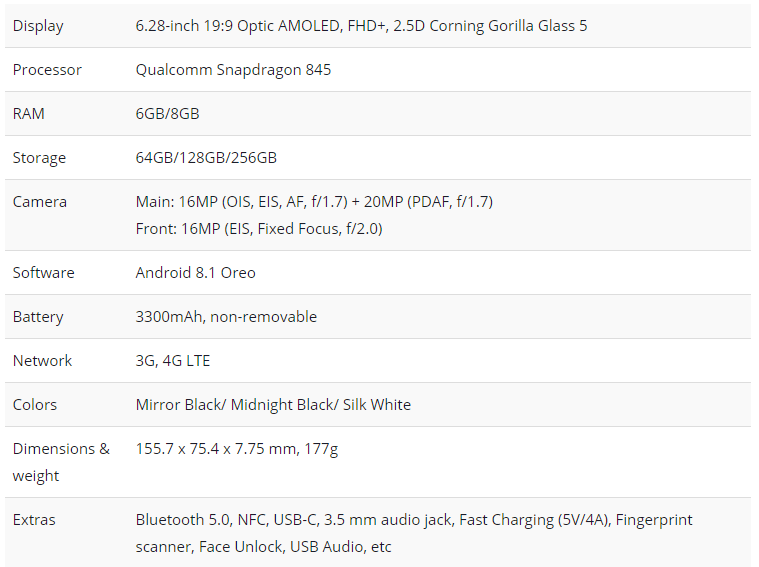
OnePlus has confirmed that OnePlus 6 starts selling on May 22, but it may take a few weeks before the phone is availed in all markets that OnePlus has established a presence. Where the base model of 6/64GB will set you back $529, the 8/128GB variant will set you back $579 while the premium 8/256GB variant has a price tag of $629. Compared to other devices that, at least, rock the same chipset, there’s no doubt OnePlus 6 is still a flagship killer, even with the small price increment.
Now that specs, price, and availability matters are out of our way, let’s take a closer look at the OnePlus 6, especially in comparison to the outgoing OnePlus 5T, in a bid to justify its existence and establish whether or not it’s a phone worth upgrading to.
OnePlus 6: 10 things you won’t find on OnePlus 5T
OnePlus 6 has several firsts, but it also has a bunch of similarities to the OnePlus 5T. In this post, our focus is on the new stuff you find on the 6 and are not on the 5T, be it in terms of design, specs, features, and whatnot. Let’s dive in.
Glass build
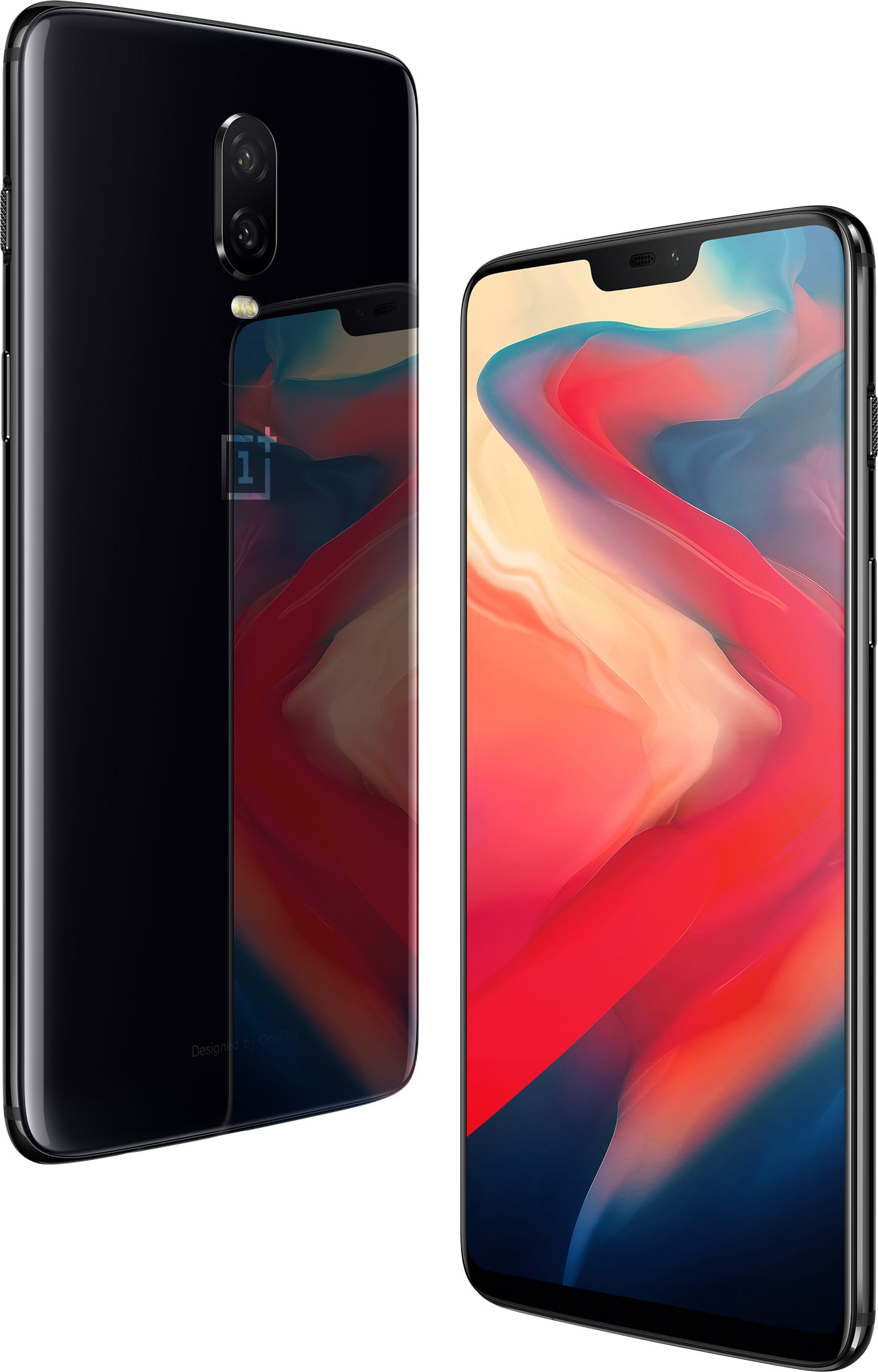
Over the years, OnePlus has always wowed its loyal fan base with premium-looking aluminum built smartphones. But with the new OnePlus 6, the company has switched to an all-glass body that is protected by the best from Corning – Gorilla Glass 5. This is the same build quality you find on the likes of Samsung Galaxy S9 and S9+, yet these two cost a significant amount higher than the OnePlus 6. (Notice the reflection in the image above?).
Notched display with 19:9 aspect ratio
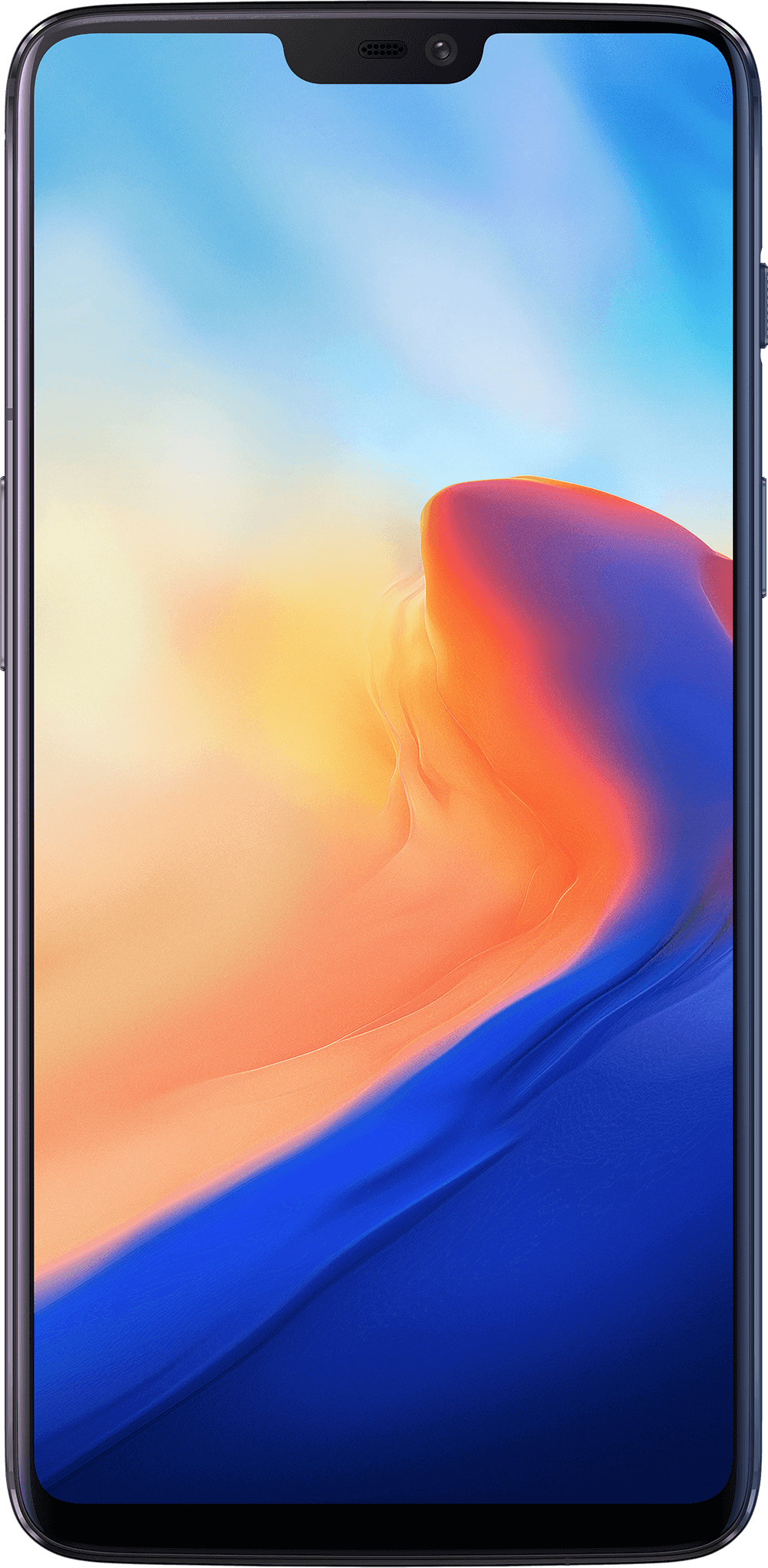
This one is obvious and perhaps one of the most talked about things today. We knew OnePlus 6 will ship with a notched display screen and while this feature has all sorts of mixed reactions, the interesting part of the display is the new 19:9 aspect ratio, which is a tad taller than the 18:9 aspect ratio used on the OnePlus 5T. The result is that you get a full HD+ resolution of 1080 x 2280 pixels on the OnePlus 6 and 1080 x 2160 pixels on the 5T.
256GB of storage
It’s nothing new to see a RAM of up to 8GB on a OnePlus handset, but the new OnePlus 6 is the first to rock a massive 256GB of internal storage. The most you can get with OnePlus 5T is 128GB and as expected, the 5T’s successor sticks to the same rules – no microSD card slot.
Whether you need such insane storage amounts depends on your needs as well as your pocket, but at $629, we bet many will be lining up to grab this premium variant.
Vertical setup for the main camera and fingerprint scanner
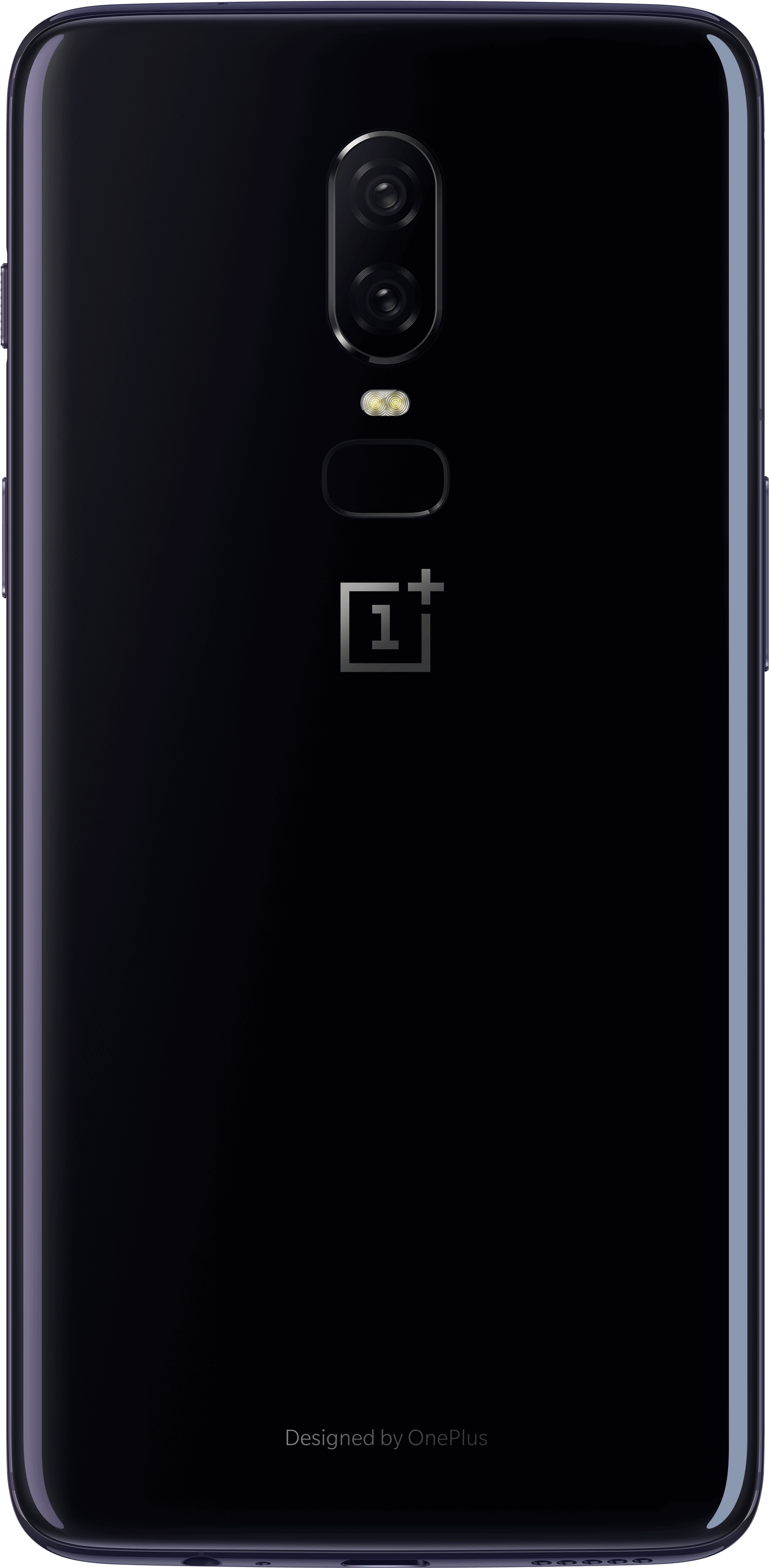
Similar to its predecessor, the new OnePlus 6 ships with a dual-lens camera on the back. However, the company made tweaks to the arrangement of the sensors, this time going for a vertical setup instead of lining up everything horizontally. In fact, everything on the back of OnePlus 6 is arranged vertically, giving the phone some much-needed symmetry around the back.
Bigger camera sensor
You’d be forgiven to think that OnePlus 5T and OnePlus 6 have the same photography capabilities thanks to the similar-looking 16MP + 20MP setup on the back. However, a closer look reveals that the newer phone’s main 16MP sensor is bigger (1.22 μm) than its counterpart (1.12μm), hence improved performance in low-light conditions.
As for the secondary 20MP sensor, it remains unchanged. In fact, OnePlus reused the same sensor used on the 5T, which is the same story as far as the selfie camera is concerned.
Optical image stabilization
One thing that many OnePlus 5T fans decried was the lack of optical image stabilization (OIS) on the main camera. Well, the OnePlus 6 has addressed this issue by not only including OIS on the main 16MP camera around the back, but also equipping all three sensors, including the selfie shooter, with electronic image stabilization (EIS).
Slow-mo videos at 480fps
Another camera-related first for the OnePlus 6 is support for slow-motion video recording of up to 480 frames per second in HD. The 5T can record slow-mo videos, but only up to 120fps in HD and while the new 480fps standard is still far from what Samsung Galaxy S9 offers, OnePlus 6 has a unique way of doing things.
Unlike the S9 that only captures 0.2 seconds of a video and expands it to 6 seconds of slow motion, OnePlus says you can record a full-minute video at 480fps and take out any section of the video to turn into a slow-mo moment.
Water resistance
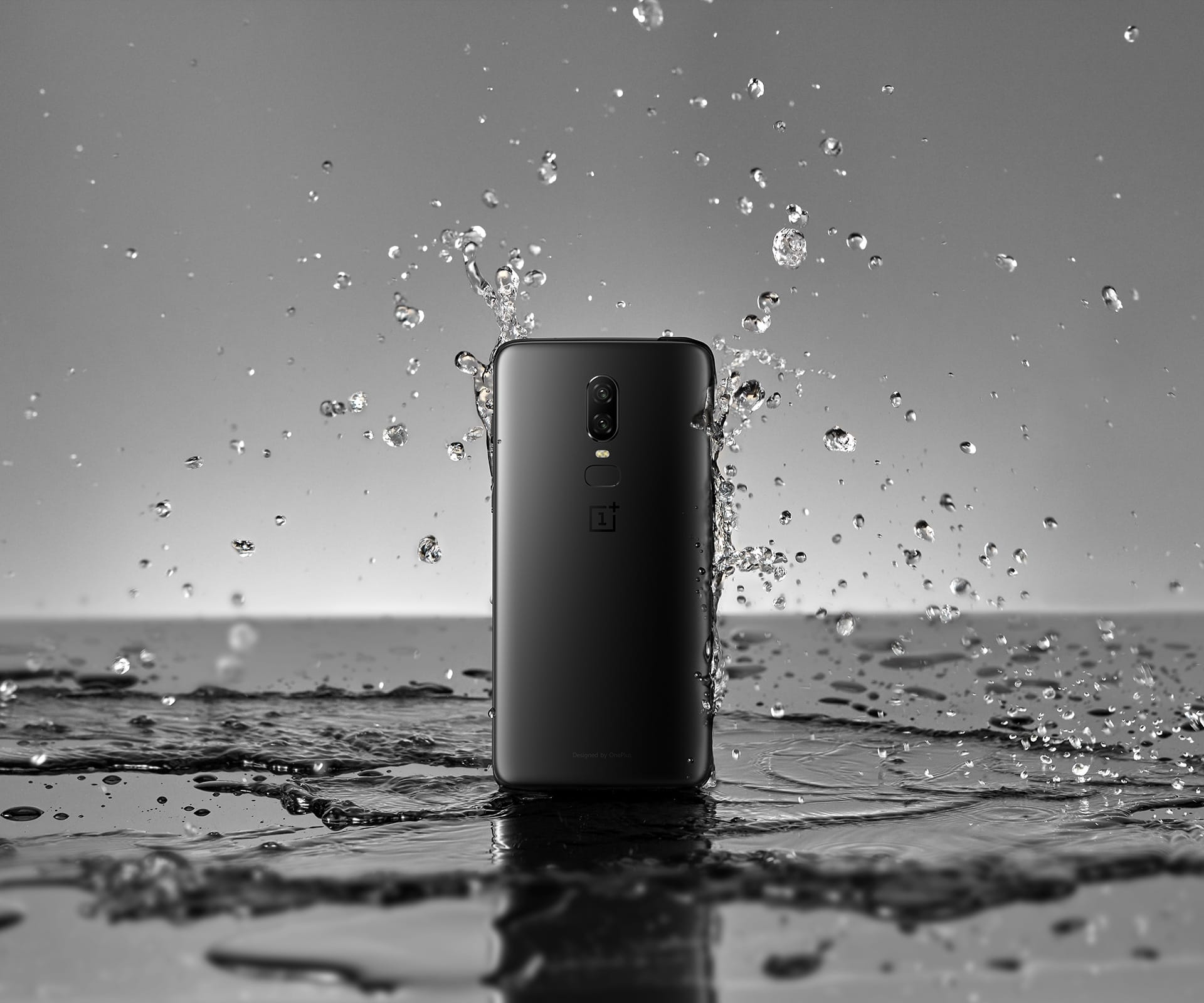
One thing that has been amiss about OnePlus phones is water resistance. Despite all the glory they carry, none of the previous models have been confirmed to support water resistance, but the OnePlus 6 does. Although OnePlus doesn’t give out any specific figures with respect to IP6X rating, the image above speaks volumes about what to expect.
Gigabit LTE connectivity
OnePlus 5T supports LTE download speeds of up to 600Mbps and upload speeds of up to 150Mbps on its CAT 12. Being an upgraded version, OnePlus 6 takes this to the next level thanks to the new CAT 16 that supports throughputs of up to 1Gbps downlink and the same 150Mbps uplink on CAT 13. But of course, you can only achieve these figures if your network service provider supports them.
Gestures
One thing that always makes stock Android so boring is the lack of little nifty additions that you can only find in the likes of OxygenOS, MIUI, EMUI, Samsung Experience and so on. We recently saw Android P introduce a gesture-based navigation system akin to the Apple iPhone X and to no surprise, OnePlus 6 has similar gestures as well, but this has nothing to do with Android P, rather, it’s a baked-in feature that is part of OxygenOS.
You can swipe up from the middle of the screen to go to the Home screen or swipe up from the left or right to go back, but at the moment, things are still not perfect, which is why there’s an option to revert to the usual button-based system.
Gaming mode
 Like the name suggests, Gaming Mode is meant for gamers. This is a setting that will let you get the most out of the OnePlus 6 when enjoying your game. It takes all the necessary resources and directs them to the game in order to improve the overall experience.
Like the name suggests, Gaming Mode is meant for gamers. This is a setting that will let you get the most out of the OnePlus 6 when enjoying your game. It takes all the necessary resources and directs them to the game in order to improve the overall experience.
For instance, enabling Gaming Mode blocks notifications and turns on Network boost, a feature that limits how other apps use the network when playing your favorite games and prioritizes the bandwidth for the game in a bid to improve the online gaming experience. You can even add specific apps (games) to the gaming mode so that whenever you launch the app, gaming mode is automatically enabled. Cool huh!
So, do these firsts give you the confidence you need to upgrade from OnePlus 5T to OnePlus 6? Do you see something else on OnePlus 6 that makes it a better phone than it’s predecessor? Share your thoughts in the comments section below.

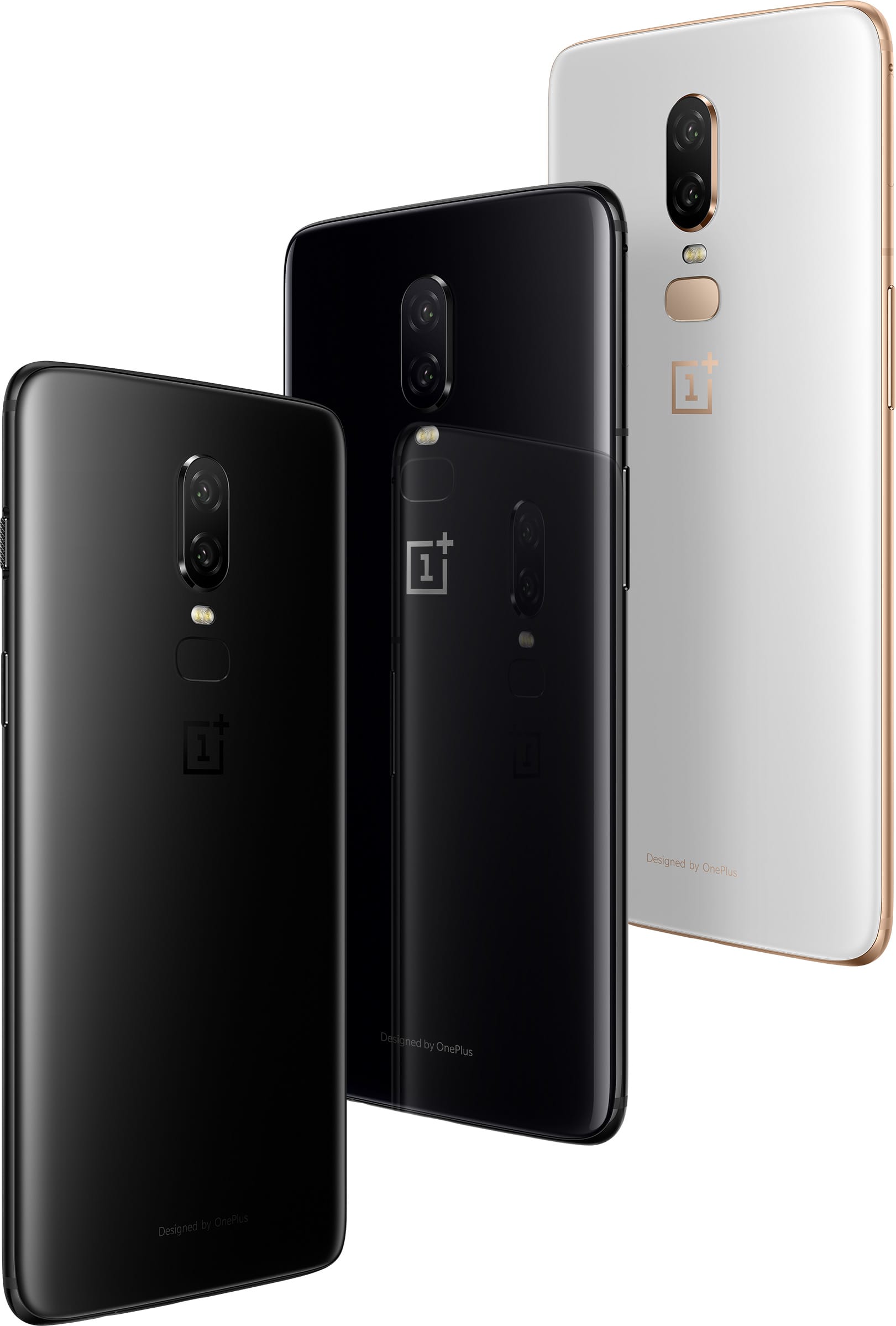











Discussion